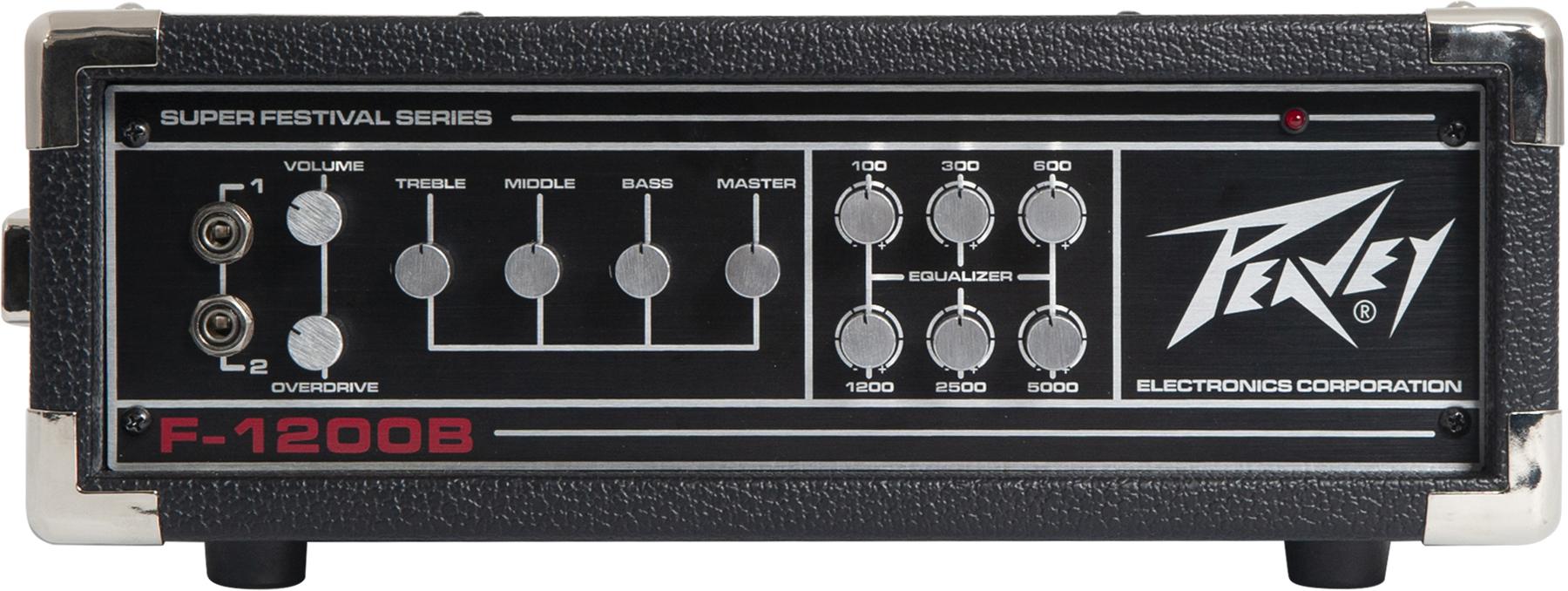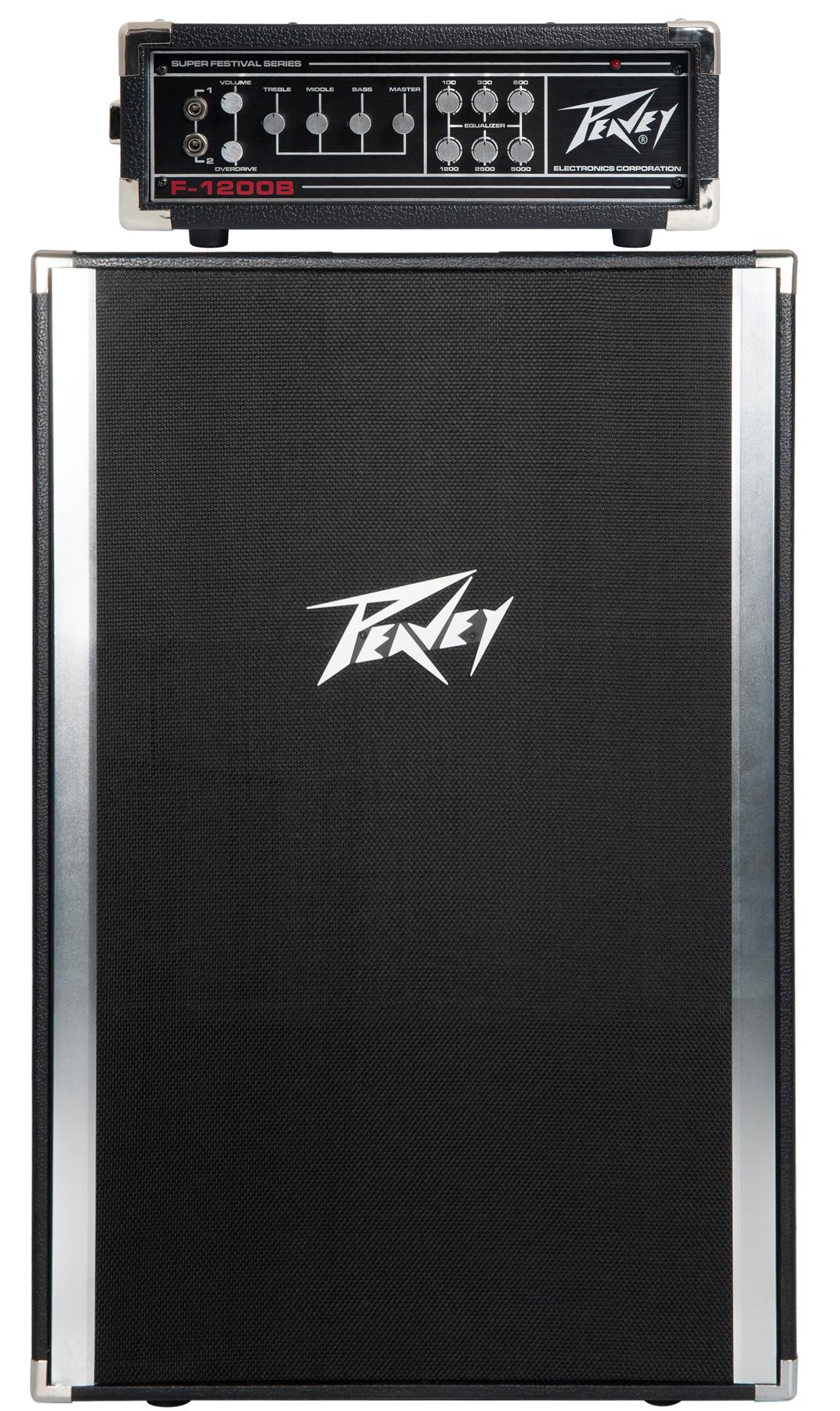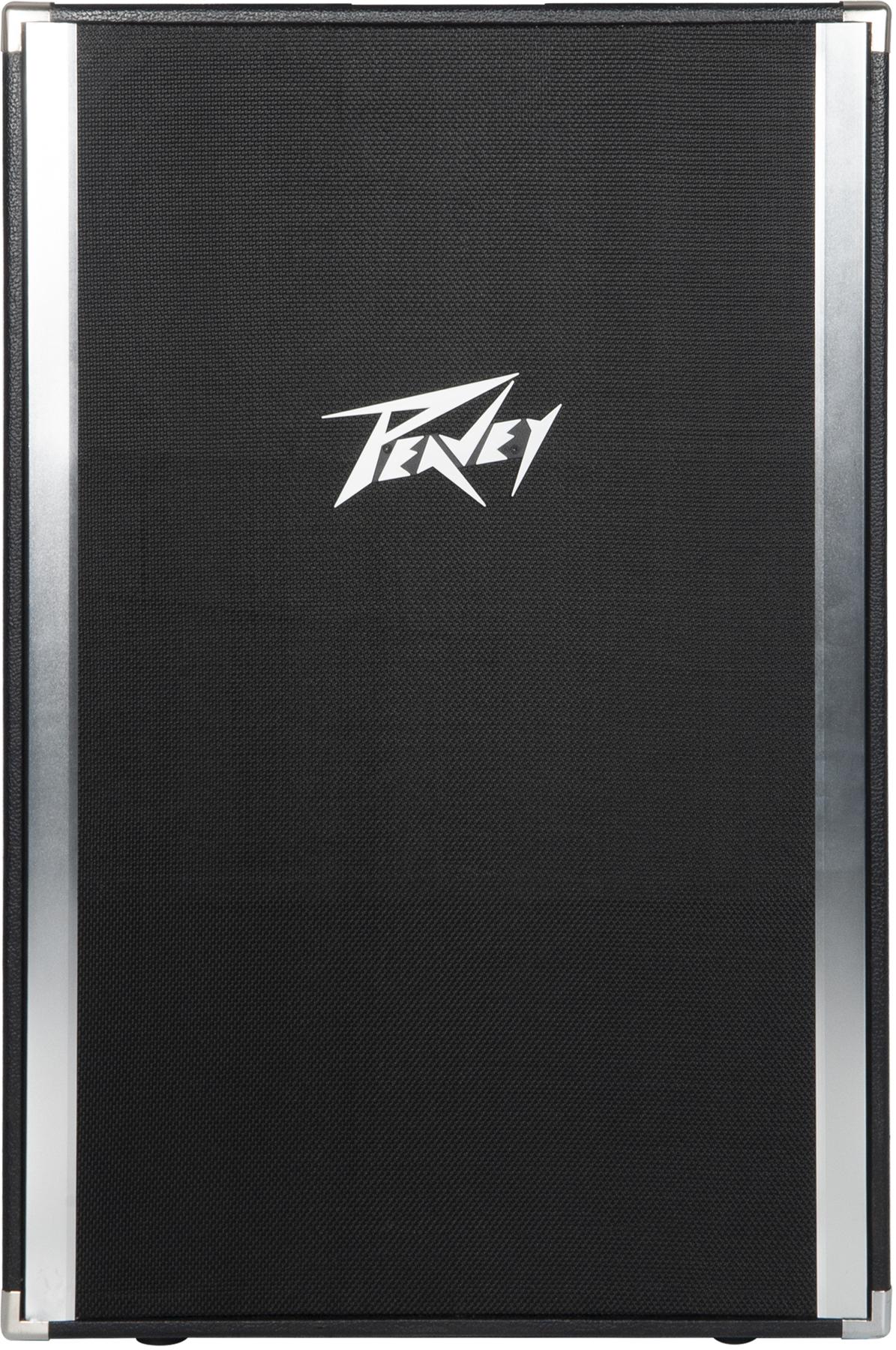The F#%k Face is a triple gain stage fuzz with thick and meaty sustain that sounds huge in front of a slightly cranked tube amp. Baseball card collectors from the late 80's will immediately recognize the infamous 'error card' imagery of the same name.
The circuit is based on a legendary fuzz with a different face, but with an additional gain stage, the F#%k Face is voiced to retain more full bodied, useable, and dynamic fuzz tones all along the sweep of the two controls.
F#%k Face Fuzz Pedal - Acorn Amplifiers and Effects
Features:
- Dynamic 'Level' and 'Fuzz' controls
- Iconic baseball 'error card' graphics recreated atop a fresh take of a legendary fuzz circuit
- True Bypass
- Hand built and hand wired from start to finish by obsessive compulsive perfectionists in Atlanta, GA
- Assembled entirely with high-quality, audio grade components and ruggedlatching foot switch and metal Switchcraft jacks and powered by standard 9V pedal power
The F#%k Face is sold for $139.00 and is available April 1st 2021 at AcornAmps.com and select dealers.






















